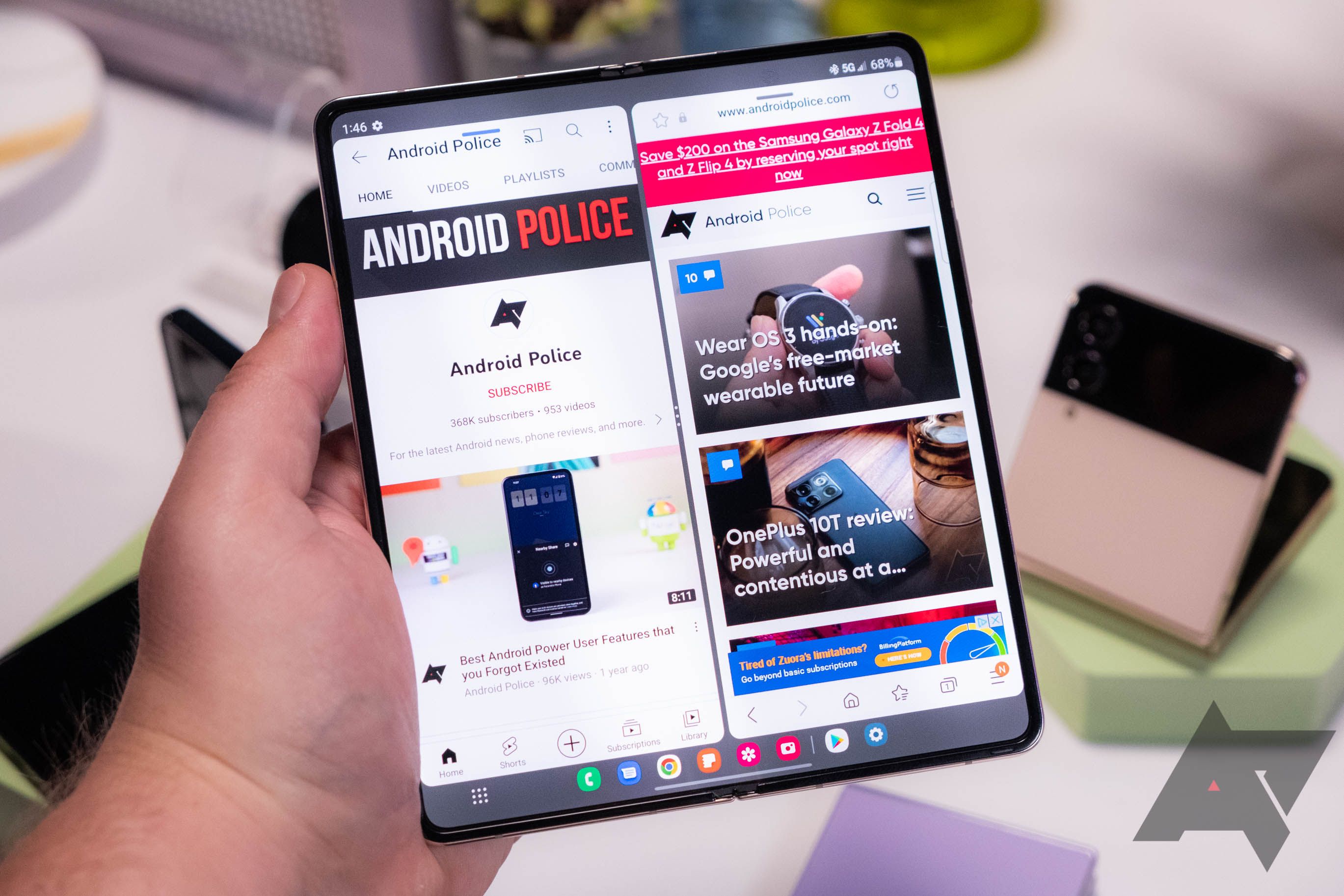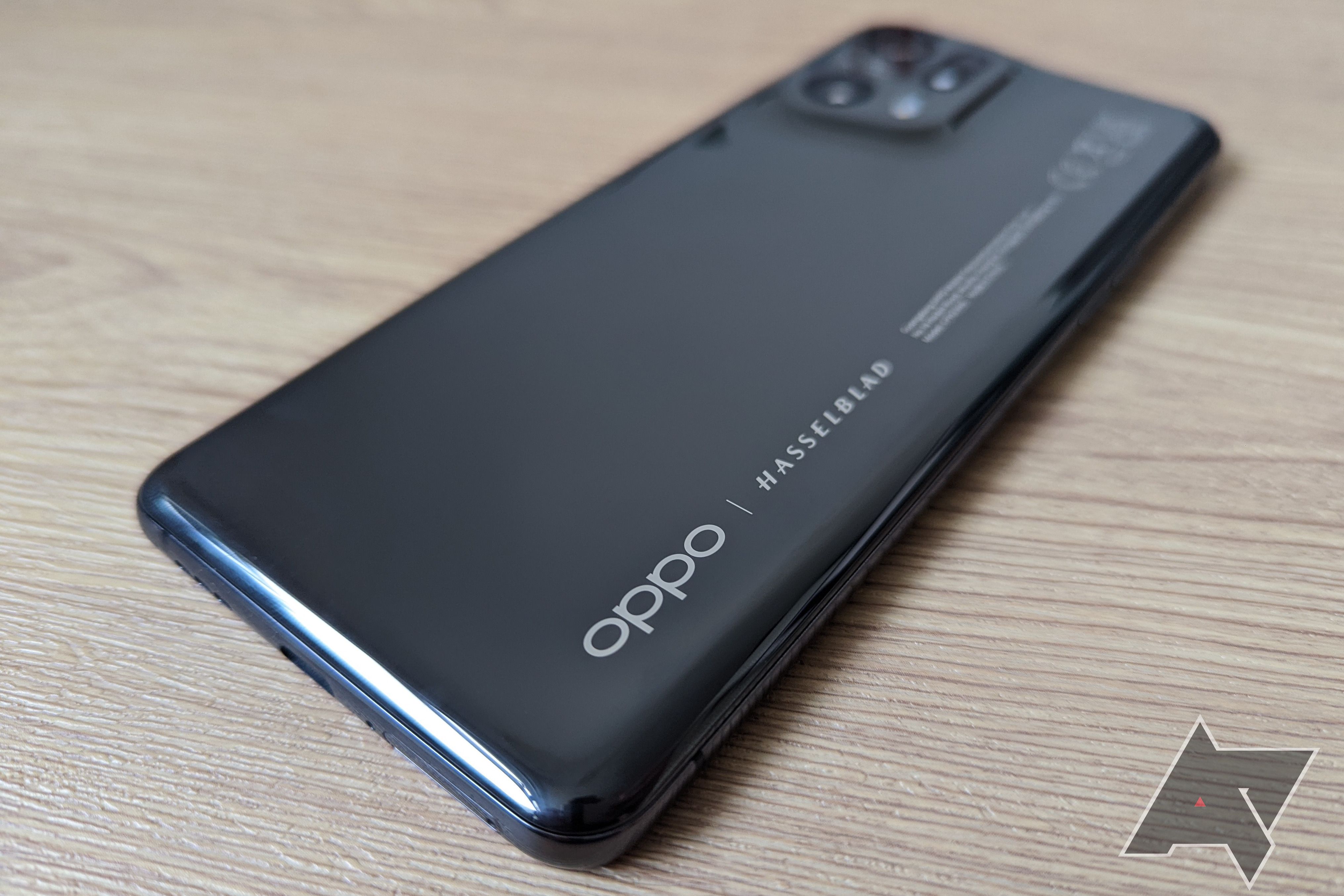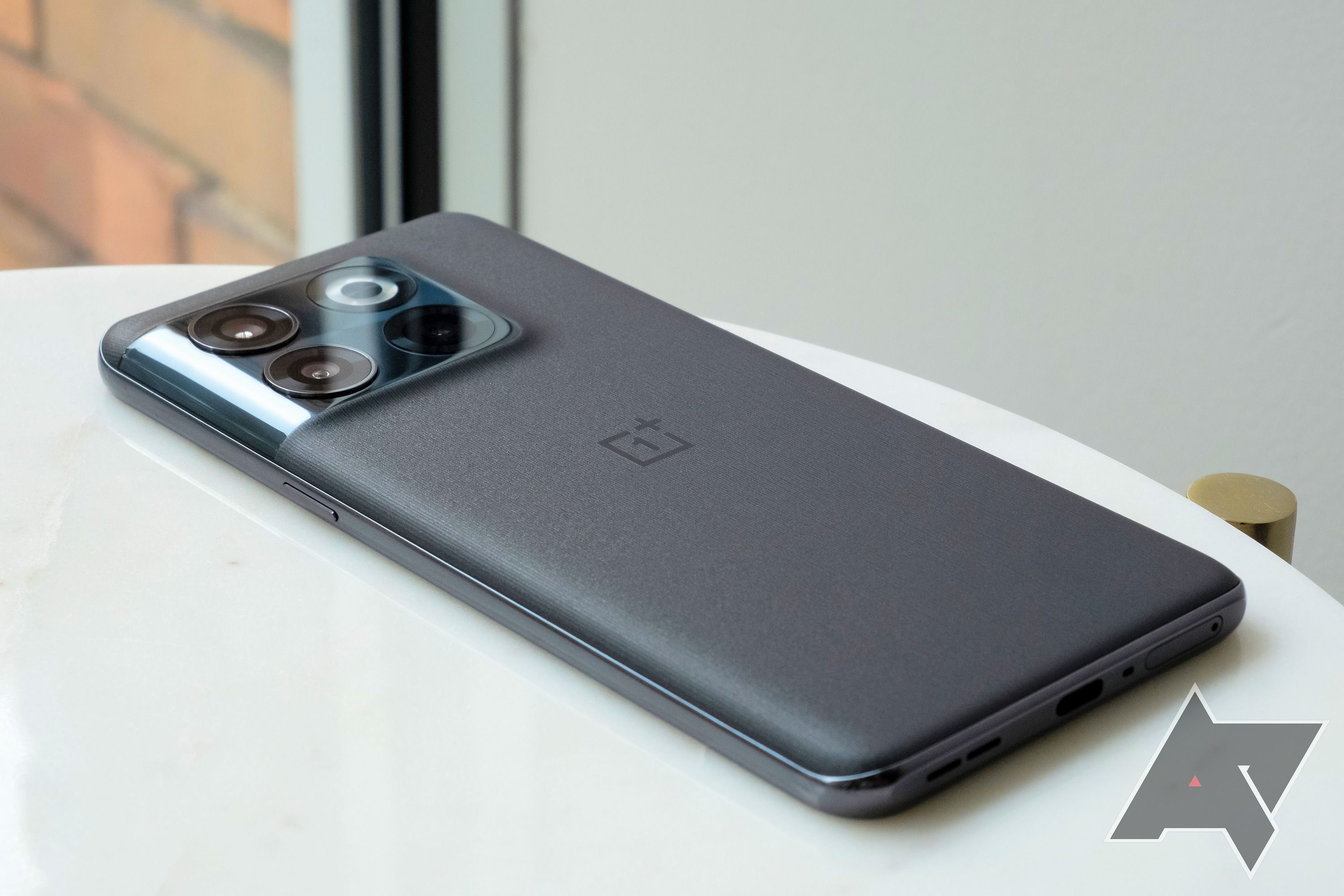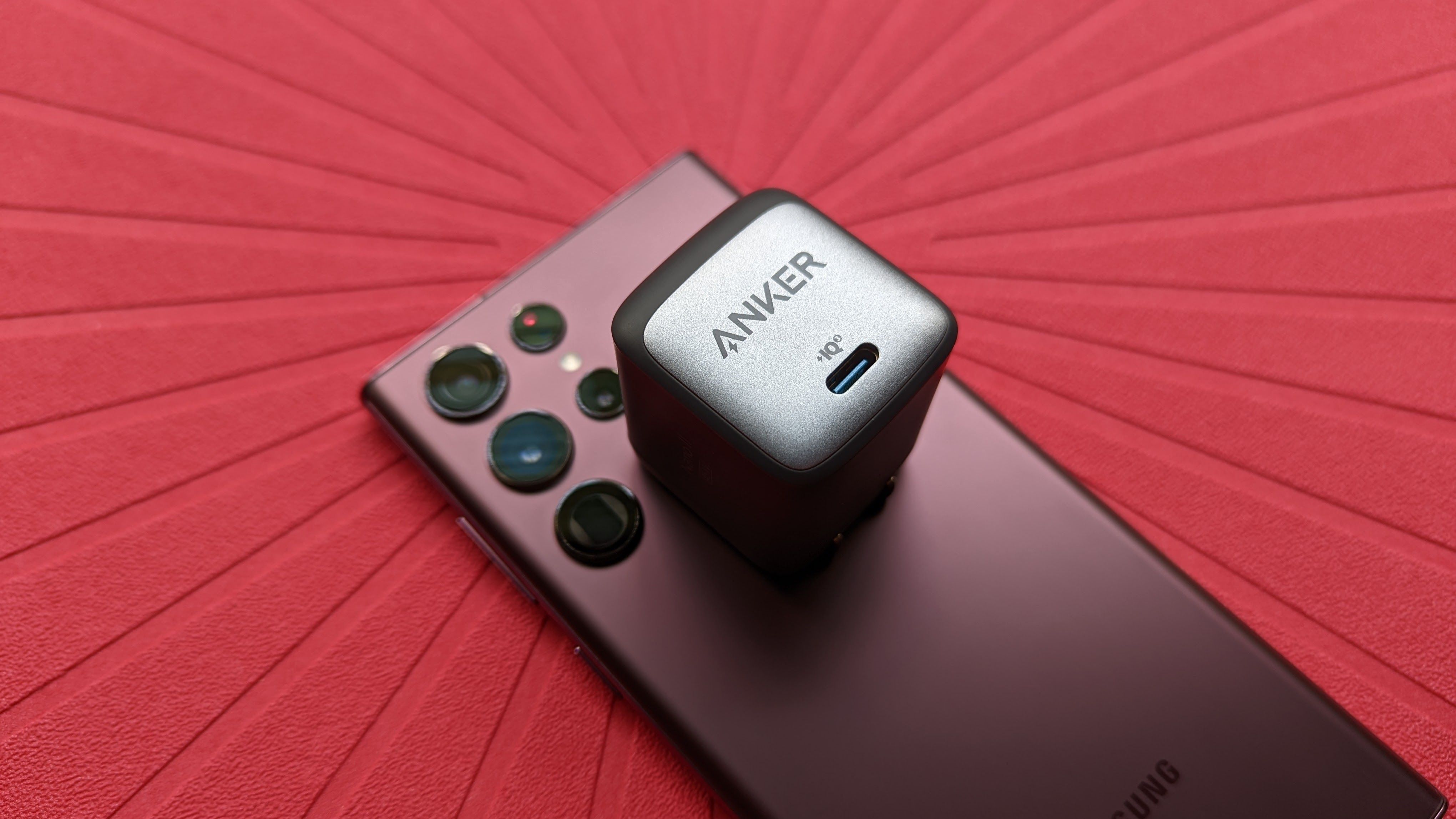Samsung finally announced its latest foldables at Galaxy Unpacked, and by all accounts, they seem like promising upgrades to last year's hardware. Although the Samsung Galaxy Z Fold 4 and Z Flip 4 are by no means revolutionary, they both continue the company's move towards incremental changes generation by generation. Improved displays, polished hardware, and faster processors. Little by little, Samsung's foldables have matured into devices mainstream audiences can buy, assuming those prices don't scare them away.
That said, there is one core feature that simply isn't cutting it anymore, one that Samsung has paid little attention to over the last few years: charging speeds. The Galaxy Z Fold 4 maintains the same 25W charging speed as its predecessor, which the Z Flip 4 matches—up from 15W on last year's model. While Samsung continues to sell these ratings as "fast charging," routinely cheering the ability to hit 50% in 30 minutes, the company's rivals have pushed far beyond this level.
All the leaders in this space are Chinese companies, many of which don't sell their phones in North America. Oppo, Vivo, and Xiaomi constantly push the envelope, with hardware rated well above 100W. Forget a 50% charge in thirty minutes. At this speed, these devices can fully power a device in even less time. It's a feature that could completely change how you use your phone, only plugging in when you absolutely need to, yet it's something that most North American users will ever get to try.
That's not to say no phone available in the U.S. offers truly fast charging speeds. By far, OnePlus—an Oppo subsidiary—leads the pack. The OnePlus 10 Pro launched in the U.S. with 65W charging earlier this year, and while the international model offered higher charging rates, it's fast enough to put most U.S.-centric companies to shame. Even at 65W, the bundled fast charger could power up the device in under 40 minutes.
The brand-new OnePlus 10T is even better, finally bringing 125W charging speeds stateside (the rest of the world, with their shiny 220v power outlets, got support for 150W charging). If you buy OnePlus's latest hardware over one of Samsung's foldables, you're getting much-improved speed at a fraction of the price.
Next to these numbers, Samsung calling its 25W smartphones "fast-charging" feels like a joke. These new foldables make for some of the most expensive hardware on the market right now, with some Galaxy Z Fold 4 variants priced above $2,000. The inability to compete with OnePlus in this space, let alone companies focused on regions like China and India, feels like a failure on the part of Samsung.
Granted, there is an argument to be made here that, past a certain point, ultra-fast charging is a marketing gimmick, something manufacturers can slap on the box to attract potential buyers. These speeds often reduce the longevity of your smartphone's battery, limiting how long it can last on a single charge. By your second year with any hardware from Oppo or Vivo, you might be trading away 20% of your battery capacity for the ability to recharge rapidly. And for many users, that's just not worth it.
But there's a healthy middle ground here, one that most U.S.-focused manufacturers have yet to explore. This problem isn't limited to Samsung. Google advertised the Pixel 6 and 6 Pro as capable of charging at 30W, only for real-world use to be limited to 21W and 23W, respectively. However, if Samsung's going to think of itself as the Apple of the Android world, a company that is designed to offer high-end hardware at high-end prices, it needs to start competing on all fronts.
We don't expect Samsung—or Google, or Apple—to join the charging speed race. Companies like Oppo and its subsidiaries already dominate it, and to a certain extent, those brands have already won. Still, we'd like to see the Galaxy Z-series push the envelope in future generations of foldable hardware. The company has already experimented with it on its other phones, offering 45W charging with the Note10+ and S22 Ultra.
If these foldables—especially the Fold—are designed to mimic a multitasking powerhouse, personal computers you can slide into your pocket, they need to charge like one too. 25W just doesn't cut it anymore.




